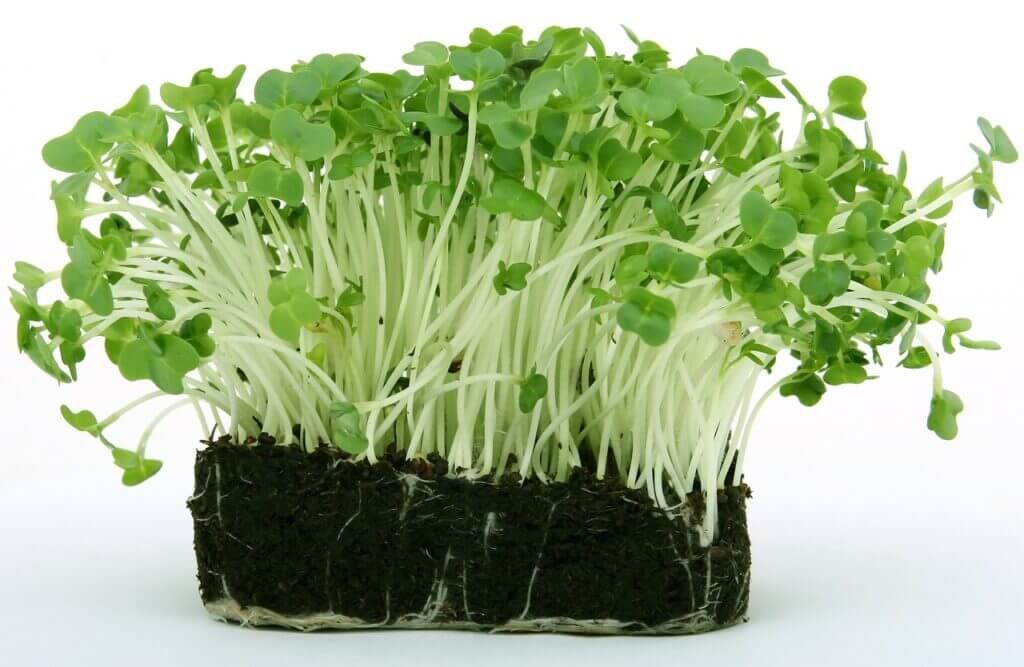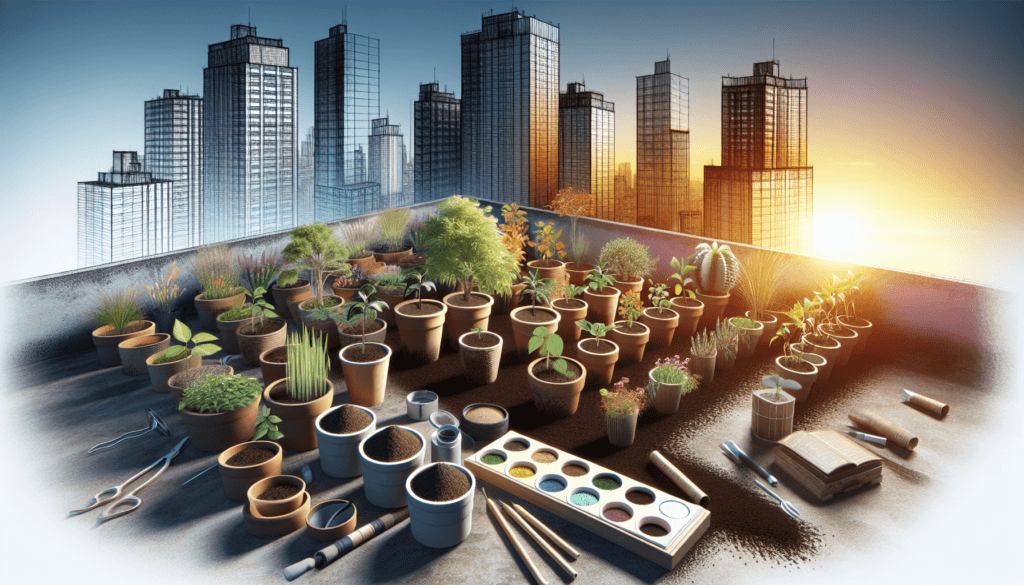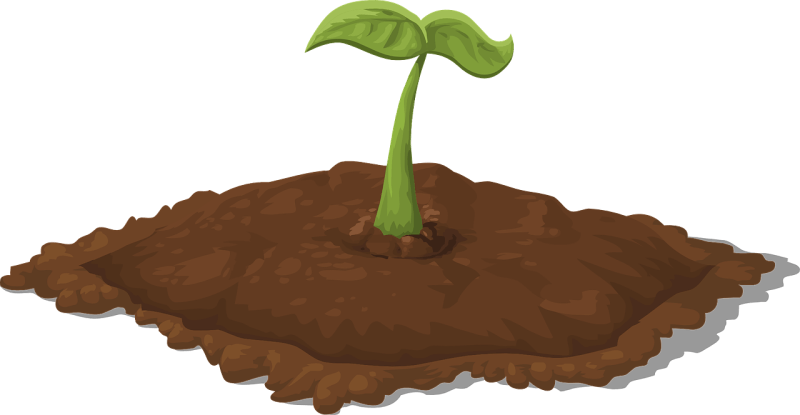Are you looking to start a vibrant urban garden but unsure what type of soil to use? Look no further, as this article will guide you in choosing the ideal soil for your urban gardening endeavors. Whether you have limited space or are a novice gardener, finding the right soil can make all the difference in the success of your green oasis. From nutrient-rich options to soil blends specifically formulated for urban environments, we’ll explore the various factors to consider when selecting the perfect soil for your urban garden.

Choosing the Ideal Soil for Urban Gardening
Urban gardening is becoming increasingly popular, allowing people in cities to enjoy the benefits of growing their own plants and vegetables. However, one crucial aspect that often gets overlooked is choosing the right soil for urban gardening. The soil you use plays a vital role in the success of your garden, affecting plant growth, water retention, nutrient availability, aeration and drainage, weed control, and even pest and disease prevention. In this article, we will explore the importance of choosing the right soil, considerations for urban gardening, understanding soil composition, testing and analyzing soil, soil amendments, choosing the right soil mix, sourcing soil, and best practices for soil maintenance.
1. Importance of Choosing the Right Soil
The quality of soil directly impacts the growth and health of your plants. When it comes to urban gardening, where space is limited and soil quality may be compromised, choosing the right soil becomes even more critical. Here are some key aspects to consider:
Impact on Plant Growth
The soil you choose will determine how well your plants grow, and ultimately, their productivity and yield. Different plants have varying soil requirements, such as pH levels, drainage capabilities, and nutrient availability. Choosing a soil that aligns with your plants’ specific needs will enhance their growth and overall health.
Water Retention
One of the challenges of urban gardening is limited access to water. Choosing a soil with good water retention properties will help your plants thrive, particularly during hot and dry periods. Soil that retains moisture well can reduce the frequency of watering, ensuring your plants stay hydrated and healthy.
Nutrient Availability
Plants require a wide range of nutrients for optimal growth. The soil you choose should be rich in essential nutrients like nitrogen, phosphorus, and potassium, as well as secondary and micronutrients. Soil that lacks these nutrients can lead to stunted growth, poor flowering or fruiting, and increased susceptibility to diseases.
Aeration and Drainage
Proper aeration and drainage are crucial for healthy root development. Urban gardening often involves containers or raised beds, which can have limited natural drainage. Therefore, choosing a soil mix that provides adequate aeration and drainage is essential to prevent waterlogged roots and the subsequent rotting and suffocation of plants.
Weed Control
Weeds are a common nuisance in any garden, and urban gardening is no exception. Choosing a soil mix that is free from weed seeds or has been sterilized can help minimize weed growth and save you time and effort in weed control.
Pest and Disease Prevention
Healthy soil plays a significant role in pest and disease prevention. Soil that has been properly amended with organic matter can promote beneficial microorganisms and create an environment that discourages pests and diseases. Choosing the right soil will contribute to the overall resilience of your plants against common garden pests and diseases.

2. Considerations for Urban Gardening
Urban gardening presents some unique challenges compared to traditional gardening practices. Here are some key considerations to keep in mind when selecting soil for your urban garden:
Limited Space
Urban gardening often involves working with limited space, such as balconies, rooftop areas, or small yards. Therefore, using space-efficient gardening techniques like container gardening, raised bed gardening, vertical gardening, rooftop gardening, or even joining a community garden can be great options to maximize your growing area.
Container Gardening
Container gardening allows you to cultivate plants in pots or containers, making it ideal for those with limited space. When choosing soil for container gardening, it’s essential to select a high-quality potting mix specifically formulated for containers. These mixes are typically lightweight, well-draining, and enriched with nutrients to support healthy container plants.
Raised Bed Gardening
Raised bed gardening involves creating garden beds above ground level, often enclosed in wooden or metal frames. This technique provides better drainage, easier weed control, and an opportunity to improve the soil quality within the raised bed. When selecting soil for raised bed gardening, a blend of garden soil, compost, and other organic matter can create a balanced and nutrient-rich mixture that promotes healthy plant growth.
Vertical Gardening
Vertical gardening is an excellent choice for urban gardens with limited horizontal space. By growing plants vertically on trellises, walls, or hanging structures, you can maximize your growing area. When it comes to soil selection for vertical gardening, using lightweight and well-draining soil mixes is crucial to prevent excessive weight on structures and ensure proper root development.
Rooftop Gardening
Rooftop gardens utilize unused roof spaces to create green oases in urban environments. When choosing soil for rooftop gardening, it’s essential to consider weight restrictions, drainage, and water retention. Lightweight soil mixes specifically designed for rooftop gardens, often consisting of lightweight aggregates and organic matter, can provide a suitable growing medium while minimizing the load on the building.
Community Gardening
Community gardening offers the opportunity to share gardening spaces and knowledge with fellow urban gardeners. When participating in a community garden, soil quality often varies depending on the location. Collaborating with other community members to improve and maintain the soil can ensure the success of the shared garden space.
3. Understanding Soil Composition
To choose the ideal soil for your urban garden, it’s essential to understand the components and characteristics of soil. Soil composition consists of various layers and types, each with its unique properties and advantages. Here are some key components to consider:
Topsoil
Topsoil is the uppermost layer of soil, typically rich in organic matter and essential nutrients. It is crucial for plant growth as it provides the foundation for roots to establish and absorb nutrients.
Subsoil
Subsoil lies beneath the topsoil, often composed of heavier clay or compacted layers. While subsoil can be nutrient-poor and challenging for root penetration, it can contribute to drainage and stability in certain cases.
Clay Soil
Clay soil is composed of fine particles, leading to its ability to retain moisture well. However, it can become easily compacted, reducing aeration and drainage. Amending clay soil with organic matter helps improve its structure and drainage capabilities.
Sandy Soil
Sandy soil consists of larger particles that drain quickly but struggle to retain moisture or nutrients. Amending sandy soil with organic matter can increase its water-holding capacity and provide essential nutrients for plant growth.
Loam Soil
Loam soil is considered the ideal soil type for gardening, as it offers a balanced mixture of sand, silt, and clay particles. Loam soil drains well, retains adequate moisture, and provides a fertile growing medium for plants.
pH Level
The pH level of soil refers to its acidity or alkalinity and affects nutrient availability to plants. Most plants prefer a slightly acidic to neutral pH range, around 6.0 to 7.0. Testing and adjusting the pH level of your soil can help optimize nutrient absorption and overall plant health.
Organic Matter
Organic matter, such as compost or decomposed plant material, is crucial for enriching soil fertility, improving its structure, and promoting beneficial microorganisms. Adding organic matter to your soil enhances its nutrient content, water retention capabilities, and overall soil health.
Drainage and Compaction
Good soil drainage is essential to prevent waterlogged roots and promote healthy root development. Compacted soil can hinder root growth and nutrient absorption. Mixing in organic matter and incorporating practices like regular aeration can improve soil drainage and reduce compaction.

4. Testing and Analyzing Soil
Before selecting soil or making amendments, it’s important to understand the current state of your soil. Soil testing and analysis can provide valuable information about its pH level, nutrient composition, organic matter content, and any potential imbalances. Here are a few methods for testing and analyzing soil:
Soil Testing Kits
Soil testing kits are readily available and provide a convenient way to test your soil’s pH level and nutrient composition. These kits typically include test strips or solutions that change color in response to specific soil attributes. While they may not provide the most accurate results, they can give you a ballpark estimate of your soil’s characteristics.
Professional Soil Analysis
For a more comprehensive analysis, consider sending a soil sample to a professional laboratory. They can provide detailed information about your soil’s nutrient content and composition. This information allows you to make more informed decisions regarding soil amendments and plant selection.
Interpreting Soil Test Results
Understanding soil test results can be overwhelming, but it’s crucial for making informed decisions about soil amendments. Consult with gardening experts, extension offices, or online resources to help interpret your soil test results and determine the appropriate course of action to improve your soil’s quality.
5. Soil Amendments for Urban Gardening
To optimize soil quality and provide the best environment for your plants, you may need to amend your soil. Here are some commonly used soil amendments for urban gardening:
Compost
Compost is a rich, dark, and crumbly material created from decomposed organic matter. Adding compost to your soil enhances fertility, improves moisture retention, and promotes beneficial soil organisms. Regularly incorporating compost into your soil can help maintain its nutrient content and structure.
Peat Moss
Peat moss is a lightweight material that improves soil structure and water retention capabilities. It is particularly useful for amending sandy soils by increasing their ability to retain moisture and nutrients.
Perlite
Perlite is a lightweight volcanic material that improves soil aeration and drainage. Adding perlite to your soil mix can prevent compaction and increase oxygen availability to the plant roots.
Vermiculite
Vermiculite is another lightweight material that retains moisture and nutrients in the soil. It also improves soil structure and aeration, making it an excellent choice for improving heavy clay soils.
Coconut Coir
Coconut coir, derived from coconut husks, is a sustainable alternative to peat moss. It enhances moisture retention, improves aeration, and promotes healthy root development. Coconut coir is often used in potting mixes and soil blends for container gardening.
Chopped Leaves
Fallen leaves can be collected, chopped, and added to your soil as an organic amendment. They contribute to soil fertility, improve water retention, and provide a source of carbon for beneficial soil organisms.
Manure
Well-rotted manure, such as composted cow or horse manure, is a nutrient-rich amendment that improves soil fertility. It provides a wide range of essential nutrients and helps improve soil structure.
Green Manure
Green manure refers to cover crops that are grown specifically to improve soil health. After being grown in your urban garden, these cover crops are turned back into the soil to add organic matter, increase fertility, and enhance soil structure.
Mineral Amendments
Mineral amendments, such as lime or sulfur, can be used to adjust the pH level of your soil. These amendments are particularly useful when your soil’s pH level deviates significantly from the desired range for your plants.

6. Choosing the Right Soil Mix
Depending on the type of urban gardening you’re practicing, different soil mixes may be required. Here’s a guide to choosing the right soil mix for various urban gardening techniques:
Container Soil Mix
For container gardening, choose a lightweight potting mix specifically formulated for container plants. Look for a mix that provides good drainage, moisture retention, and nutrient availability. Adding perlite or vermiculite can improve aeration and drainage in container soil mixes.
Raised Bed Soil Mix
For raised bed gardening, create a soil mix by combining garden soil, compost, and other organic matter. Aim for a mixture that provides good drainage, retains adequate moisture, and promotes healthy root development. Avoid using heavy soils that may become compacted.
Vertical Garden Soil Mix
When it comes to vertical gardening, lightweight soil mixes are essential to prevent excessive weight on trellises or vertical structures. Look for a mix that offers good drainage and aeration, while still retaining enough moisture for plant growth. Adding perlite or coconut coir can help achieve the desired soil characteristics.
Rooftop Garden Soil Mix
For rooftop gardening, lightweight soil mixes that minimize the load on the building are crucial. Look for mixes specifically designed for rooftop gardens, often incorporating lightweight aggregates, organic matter, and water-retaining additives. These mixes improve drainage, reduce weight, and provide a suitable growing medium for plants.
Choosing Soil Mix for Specific Plants
Some plants have specific soil requirements. Research the plants you intend to grow and select a soil mix that aligns with their needs. Pay attention to their preferred pH level, moisture requirements, and nutrient preferences.
7. Sourcing Soil for Urban Gardening
Finding suitable soil for urban gardening may require a bit of research and exploration. Here are some common ways to source soil for your urban garden:
Local Garden Centers
Local garden centers often provide a wide range of soil options suitable for various gardening techniques. Visit your nearest garden center and speak with their knowledgeable staff to find the best soil for your urban gardening needs.
Nursery Suppliers
Nursery suppliers specialize in providing plants and gardening-related products, including various soil mixes. They typically have a good selection of soils for different gardening purposes. Consult with nursery suppliers and choose the soil mix that matches your gardening technique.
Soil Delivery Services
Soil delivery services offer the convenience of having soil delivered directly to your doorstep. Many companies provide different types of soil and soil blends, making it easier to find the most suitable option for your urban garden. Compare prices, soil quality, and delivery options to select the best service for your needs.
Personal Soil Production
For larger urban gardens, producing your own compost or soil can be a sustainable and cost-effective option. Establish a composting system using kitchen scraps, yard waste, or other organic materials to create nutrient-rich soil amendments for your garden. Additionally, vermiculture (or worm farming) can be an efficient way to produce nutrient-rich compost.
Reusing and Regenerating Soil
If you already have soil in your garden beds or pots, consider reusing and regenerating it to minimize waste and cost. Add organic matter, compost, or appropriate soil amendments to enhance the overall soil quality. Regularly rotating crops can also help reduce nutrient depletion and improve soil health.
8. Best Practices for Soil Maintenance
Maintaining the health and fertility of your soil is essential for long-term success in urban gardening. Follow these best practices to ensure your soil remains in optimal condition:
Watering
Proper watering is essential for both plant health and soil maintenance. Provide adequate moisture while avoiding overwatering, which can lead to waterlogged roots and disease. Adjust watering frequency and amounts based on weather conditions and plant needs.
Mulching
Applying a layer of organic mulch, such as straw or wood chips, can help conserve soil moisture, regulate soil temperature, suppress weed growth, and enhance overall soil health. Mulching also provides a barrier against erosion and protects the soil from the impact of heavy rainfall.
Fertilizing
Regular fertilization helps replenish nutrient levels in the soil and provides essential elements for plant growth. Use organic fertilizers, such as compost or well-balanced organic fertilizer blends, to avoid chemical buildup and soil imbalances. Follow fertilization guidelines specific to your plants and monitor their nutrient requirements throughout the growing season.
Composting
Maintaining a composting system and adding compost to your soil provides ongoing organic matter and nutrient supplementation. Regularly enriching your soil with compost helps improve its structure, water-holding capacity, and overall fertility. Use compost as a topdressing or incorporate it into the soil during planting or amending activities.
10. Conclusion
Selecting the ideal soil for your urban garden is a crucial step towards ensuring the success of your gardening endeavors. Consider the specific needs of your plants, the unique challenges of urban gardening, and the importance of soil composition, testing, and analysis. By choosing the right soil, making appropriate amendments, and adopting proper maintenance practices, you can create a thriving urban garden that brings joy, beauty, and fresh produce to your cityscape. With these guidelines and a bit of dedication, your urban garden can become an oasis of green amidst the concrete jungle. Happy gardening!


